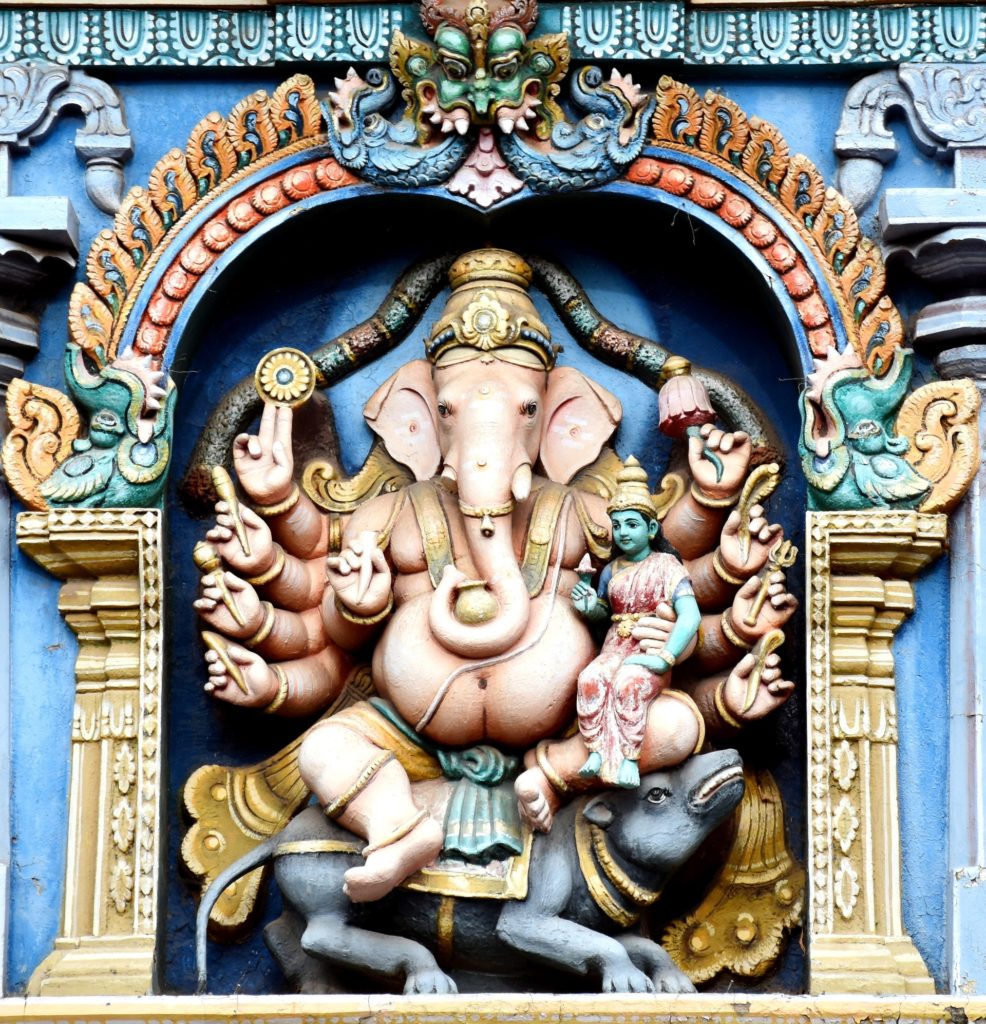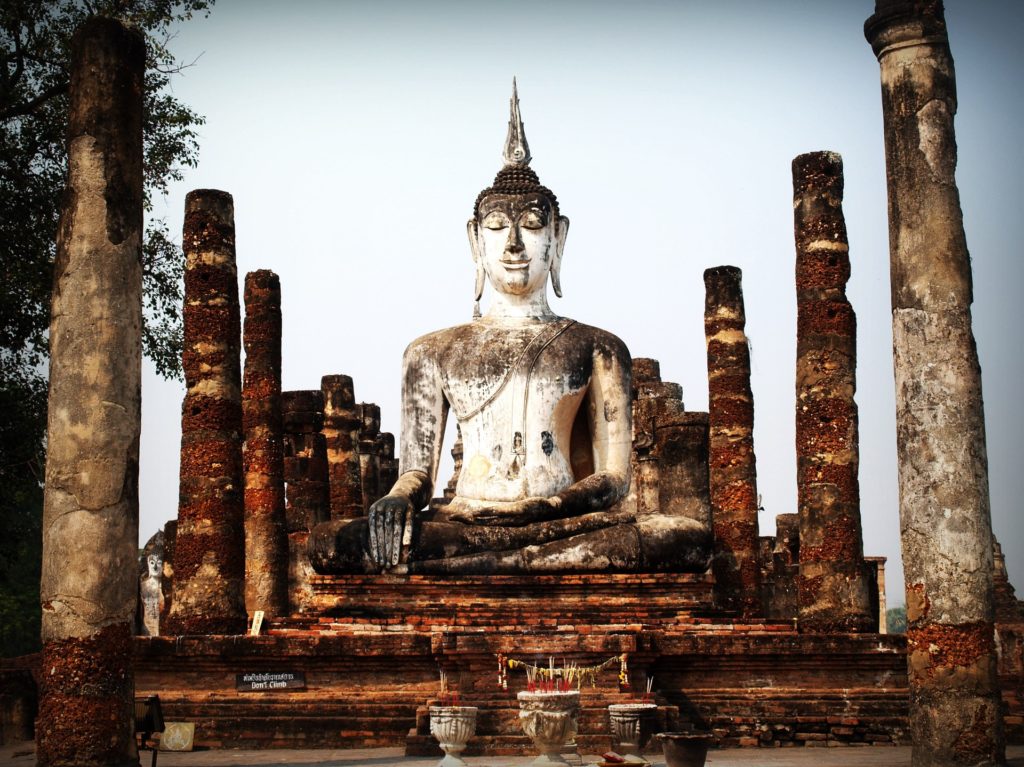
Buddhism is practiced by an estimated 535 million people as of the 2010s, representing 7% to 8% of the world’s total population. China is the country with the largest population of Buddhists, approximately 244 million or 18.2% of its total population. They are mostly followers of Chinese schools of Mahayana, making this the largest body of Buddhist traditions. Mahayana also practiced in broader East Asia, is followed by over half of world Buddhists.
According to a demographic analysis reported by Peter Harvey (2013):[540] Mahayana has 360 million adherents; Theravada has 150 million adherents, and Vajrayana has 18.2 million adherents.
According to Johnson and Grim (2013), Buddhism has grown from a total of 138 million adherents in 1910, of which 137 million were in Asia, to 495 million in 2010, of which 487 million are in Asia. Over 98% of all Buddhists live in the Asia-Pacific and South Asia region. North America had about 3.9 million Buddhists, Europe 1.3 million, while South America, Africa, and the Middle East had an estimated combined total of about 1 million Buddhists in 2010.

Buddhism is the dominant religion in Bhutan, Myanmar, Cambodia, Tibet, Laos, Mongolia, Sri Lanka, and Thailand. Large Buddhist populations live in China (18%), Japan (36%), Taiwan (35%), Macau (17%), North Korea (14%), Nepal (11%), Vietnam (10%), Singapore (33%), Hong Kong (15%), and South Korea (23%).
Buddhism is also growing by conversion. In the United States, only about a third (32%) of Buddhists in the United States are Asian; a majority (53%) are white. Buddhism in America is primarily made up of native-born adherents, whites, and converts. In New Zealand, about 25%-35% of the total Buddhists are converts of Buddhism.
